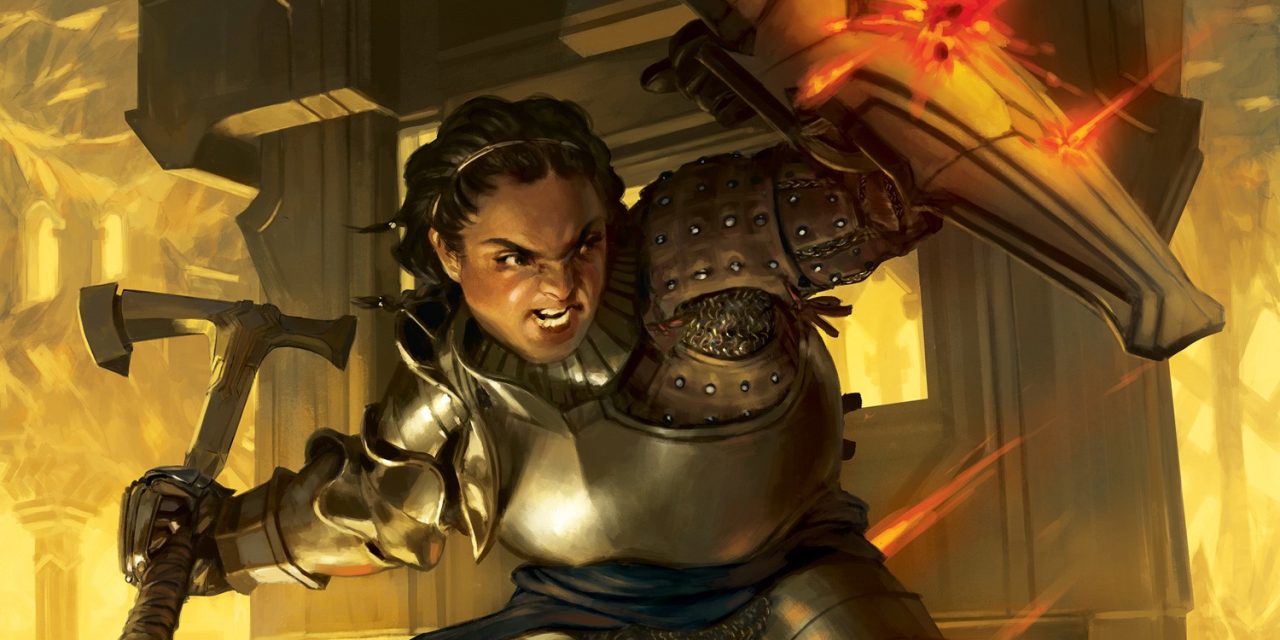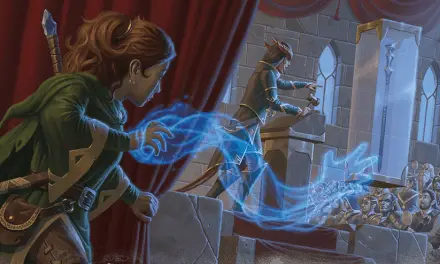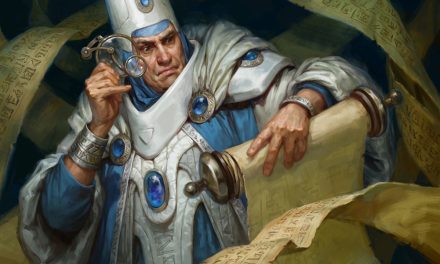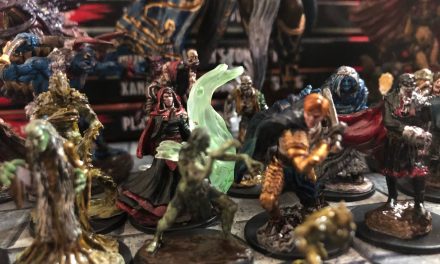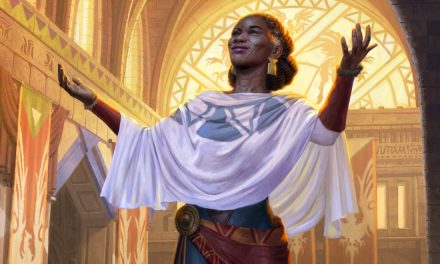Through discipline and training, the Champion Fighter seeks to master their physical capabilities and combat prowess.
These characters may come from a huge number of backgrounds.
They might be soldiers or mercenaries, gladiators, folk heroes, or more. However, whatever their roots might be, these heroes work tirelessly to earn the title of “Champion.”
Do you wish to become a legendary warrior that the bards will sing about for centuries to come?
Then your training starts now.
This is the full guide to the Champion Fighter in D&D 5e!
What is the Champion Fighter in D&D 5e?
The Champion Fighter is a well-rounded subclass that can easily find a place within any adventuring party.
While this is considered to be the archetypal Fighter subclass, don’t take that to mean that it’s boring.
When combat starts and you see what these characters are capable of dishing out, you’ll quickly silence anyone who criticizes this as being a “vanilla” subclass option!
The Champion Fighter can be found in the 5e Player’s Handbook. It appears alongside the Battlemaster and Eldritch Knight subclasses.
Role in the Party
The Champion Fighter’s role in the party is pretty straightforward: they deal damage.
This subclass takes a “no frills” approach and goes all-in on improving the Fighter’s combat abilities.
While you won’t be gaining any real utility options for non-combat situations, you do have plenty of options available to you when it comes to your character build.
Your chosen weapons, fighting styles, feats, etc. will all have a major impact on your character’s unique role in the party.
Because the features you gain from the Champion Fighter subclass are so straightforward, it’s up to you how you best provide value for the party beyond these core subclass features.
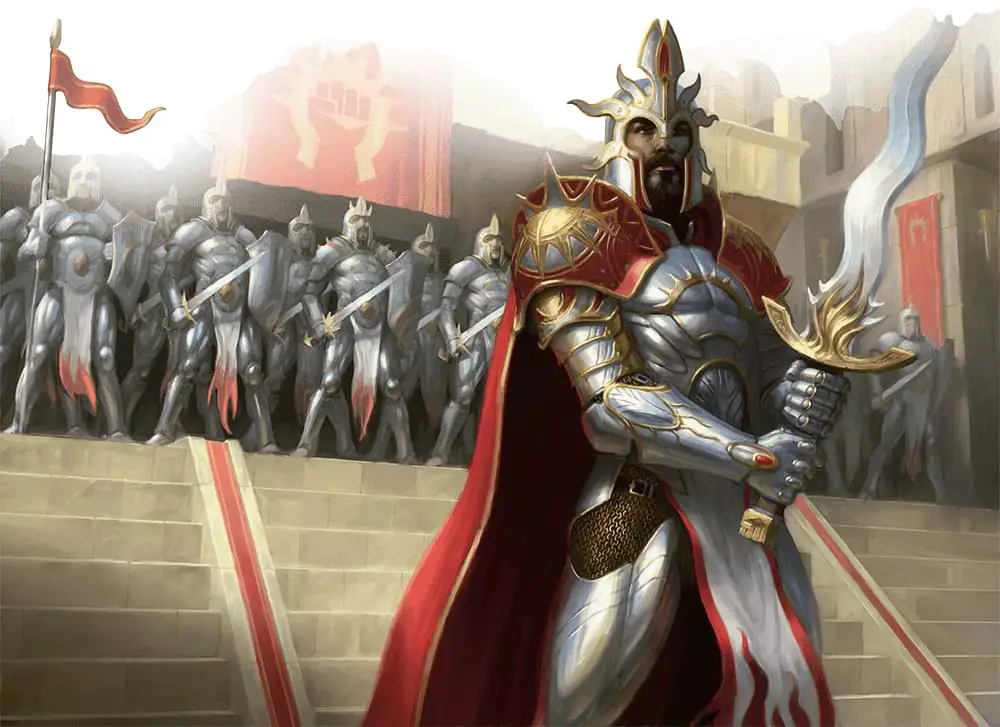
Champion Fighter Features 5e
So, let’s now look over the features you gain as a Champion Fighter.
This is one of the most straightforward subclasses in D&D 5e, so you’ll notice that most of these features tend to be more passive. Each has a “the same, but better!” kind of theme to it.
Mind you, that’s not a negative thing.
Because it’s so straightforward and you have no extra resources to manage, you’re able to focus all of your attention on dealing with enemies.
Recommended: Mastering the Fighter’s Action Surge in D&D 5e
Improved Critical (Level 3)
The main draw of this subclass is increasing the range of rolls that count as a critical hit for you. The first increase comes right away when you take this subclass at level 3!
Your weapon attacks score a critical hit on a roll of 19 or 20.
Simple as this might sound, it’s pretty great. You’re up to a 10% chance to land a critical hit instead of a 5% chance!
Of course, this is made even better once you start gaining extra attacks from the base Fighter class.
If you can combine that with a reliable way of getting advantage (shoving enemies prone, allies casting spells like Faerie Fire, etc), you’ll be critting like there’s no tomorrow!
It’s pretty fun to see!
Besides, don’t we all go full “goblin mode” when we land a critical hit and start cackling as we grab another fistful of dice?
No? Just me?
Well then… moving on…
Remarkable Athlete (Level 7)
You have to be hardy if you want to be a Champion!
At level 7, you’ll be gaining some useful buffs to your physical capabilities.
You can add half your proficiency bonus (round up) to any Strength, Dexterity, or Constitution check you make that doesn’t already use your proficiency bonus.
In addition, when you make a running long jump, the distance you can cover increases by a number of feet equal to your Strength modifier.
This gives you a nice little boost to skill checks you make for things like Athletics, Acrobatics, Stealth, and Sleight of Hand.
Additionally, you’ll have an easier time with other physical checks for things like escaping enemy grapples.
Just keep in mind that you’ve got this bonus for Constitution checks as well.
That will come in handy for things like resisting exhaustion or holding your breath longer if you find yourself underwater or in a room full of poison gas!
Also, don’t forget that this bonus also applies to your initiative rolls. They are Dexterity checks, after all!
As for the jumping bonus, it’s admittedly pretty “meh.” However, you probably won’t have to worry about that very much.
Additional Fighting Style (Level 10)
At level 10 you can now mix things up a bit by gaining an extra Fighting style!
You can choose a second option from the Fighting Style class feature.
Now there is a slight problem here. Namely, there’s not a ton of synergy between the Fighting Styles available to you.
In most cases, you’ll probably take the Defense fighting style here. You’re almost certainly wearing armor and this will give you an extra +1 to your armor class.
However, that doesn’t mean that this is useless!
It might instead be better to view a new Fighting Style as just yet another option in your “toolkit” for when those situations arise.
For example, maybe you’ve been focusing on swinging a greatsword around with the Great Weapon Fighting style up to this point. However, you’re getting really tired of getting outmaneuvered by flying enemies who, for some reason, refuse to fly into range for you to smack them.
It might instead make sense to pick up the Archery fighting style so that you can prove you’re just as dangerous with a bow!
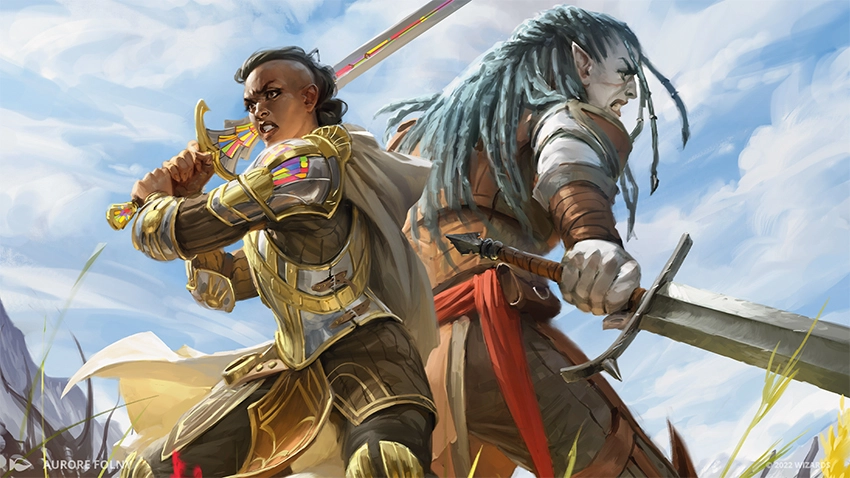
Superior Critical (Level 15)
Remember that whole “the same, but better” thing we were talking about?
Well, it’s about to get even better.
Like… A LOT better!
Your weapon attacks score a critical hit on a roll of 18-20.
You’re now up to a 15% chance to land a critical hit with any of your attacks.
Furthermore, you’re making a TON of attacks per round by this point. (Your attack + 2 extra attacks + potential bonus action attack if you’re dual wielding + possibly using your action surge!)
Same as before, this gets even better if you can get advantage on your attacks.
Don’t forget that critical hits double the damage dice of an attack. By this point, you’ve hopefully gotten a magic weapon that adds extra damage dice to your attack. If so, don’t forget to double those as well!
Survivor (Level 18)
Finally, we come to the Champion Fighter’s capstone feature at level 18.
Watch your enemies get increasingly frustrated as you soak up incredible amounts of damage without going down!
At the start of each of your turns, you regain hit points equal to 5 + your Constitution modifier if you have no more than half of your hit points left.
You don’t gain this benefit if you have 0 hit points.
There’s been a heavy focus on your offensive capabilities up to this point, but now you’re gaining a seriously impressive defensive feature!
You’re almost certainly on the party’s frontlines which means you’ll be getting hit quite a bit. But you didn’t make it to level 18 by being a quitter!
When you drop below half of your total hit points, regaining 5 + your Constitution modifier at the start of each of your turns is plenty to keep you in the fight.
If you’ve gotten your Constitution score up to the max of 20, this means you’ll be recovering 10 hit points at the start of your turn until you’re back over 50% of your max hp.
(Remember: Fighters get more opportunities for an Ability Score Increase than other classes, so it’s not hard to get your Constitution score up!)
While you could still find yourself getting overwhelmed, you’re basically offsetting 10 damage per round.
This does move your Second Wind feature (from the Fighter class) into the “absolute emergencies only” category, but that’s a small price to pay.
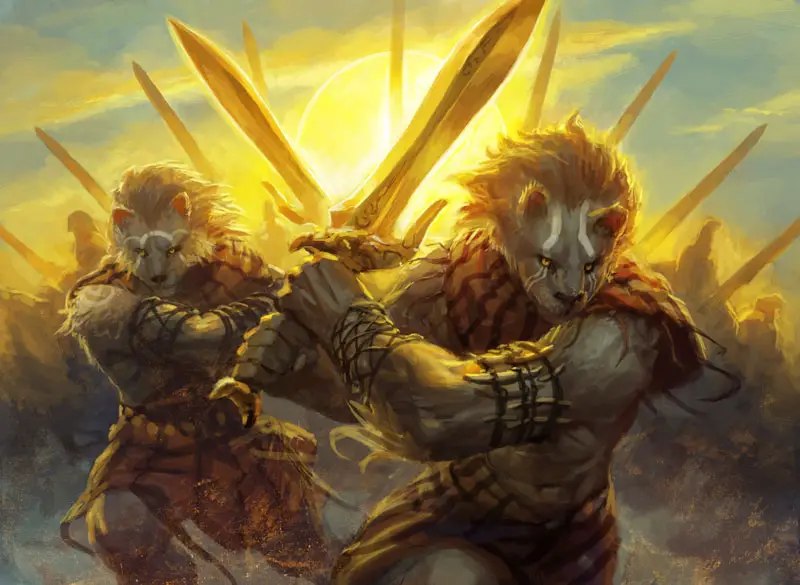
Connections
Because Champion Fighters can come from anywhere, there isn’t exactly a ton of subclass-specific lore to concern yourself with. The biggest theme here is growing one’s skills through training, discipline, and experience.
That also means that you’ve got a blank canvas to tell your character’s story.
The most common backgrounds for Champion Fighters usually involve them being a part of some kind of organization.
For those concerned with honor, this might mean having served in their kingdom’s military. Those who care more about coin, on the other hand, could just as well have been working with a mercenary organization.
But there are still many other options.
A Champion might make a good bruiser/enforcer for a Thieves’ Guild if you prefer more of a criminal background. Or perhaps you’re a starry-eyed adventurer looking to break away from the dull life of your farming village and return one day as a hero.
Of all of the subclasses in D&D 5e, Champion Fighters are the easiest to tie in with any adventure and any party. They’re remarkably diverse and whatever story you end up telling is sure to be your own!
Is the Champion Fighter Good?
Champion Fighters might not have the flashiness of other Fighter subclasses, but there’s something to be said about the simplicity.
For starters, the Champion Fighter is an excellent subclass to consider for those who are new to D&D.
It doesn’t introduce any complicated mechanics and instead gives a great way to learn the game’s rules, especially when it comes to how combat works.
It’s also a great way to get familiar with building characters. What really makes a Champion Fighter “pop” is how you build on top of the foundation that the subclass provides.
Feats like Great Weapon Master, Bludgeoner, Slasher, and Piercer are great for adding more “oomph” to your critical hits. However, options like Sentinel or Polearm Master are great for helping expand how you function in combat.
Additionally, Half-Orcs make for especially good fighters because of their Savage Attacks feature. It piles yet more damage on when you land a critical hit!
More than anything, the Champion is defined by their potential. If you’re looking strictly at the mechanics, it can seem like a boring subclass.
However, those who are looking to add their own unique touch to what’s here (whether they’re a new player or a D&D veteran) can have a field day!
Recommended: Ranking EVERY Fighter Subclass in D&D 5e!
Conclusion – Champion Fighter in D&D 5e
You’ve gotta love the classics, don’t you?
Don’t me wrong, I still love the flashier Fighter subclasses as well. However, there’s something extra fun about subclasses that represent the purest archetype of a class.
In the same way that the Thief subclass is the archetypal Rogue, the Champion is the same for the Fighter. Love it or hate it, it’s still iconic!
But anyways, I hope you’ve found this guide helpful. As always, reach out in the comments if you have any questions.
Feel free to share build and character ideas as well. With so much potential to the kinds of Champion Fighters out there, I’d love to read what you come up with!
Don’t forget to sign up for the Tabletop Joab newsletter! It’s the best way to get all the latest player guides, DM Tips, news, reviews, and more for D&D 5e right to your inbox!
You can also follow Tabletop Joab on Facebook and Twitter.
If you found this article helpful and want to support the site, you can buy me a coffee here! (It’s not expected, but very appreciated!)

